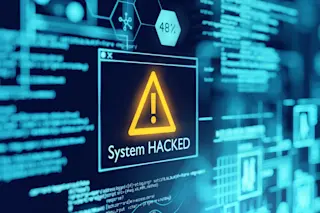PFC Marcus Beedle leads the mule-like robot known as the Legged Squad Support System on a patrol through open terrain at Fort Devens Mass. Beedle, working with other Marines from 1st Battalion, 5th Marine Regiment learned how to control LS3 and work it into basic formations and maneuvers during the limited technical assessment at Fort Devens. Credit: Photo by Kyle Olson A four-legged robotic mule that underwent years of field trials with U.S. Marines may never see action on future battlefields after being rejected as too noisy. But the U.S. military's ongoing interest in walking military robots capable of moving like headless animals or even bipedal humans will almost certainly lead to other future prototypes. Several versions of the robotic mule--made by Google-owned company Boston Dynamics--were built and tested for the purpose of carrying up to 400 pounds of equipment for soldiers and Marines. The U.S. Defense Advanced Research Projects ...
Walking Military Robots Stumble Toward the Future
Discover the Legged Squad Support System, a four-legged robotic mule designed to lighten the combat load for Marines. Learn its future challenges.
More on Discover
Stay Curious
SubscribeTo The Magazine
Save up to 40% off the cover price when you subscribe to Discover magazine.
Subscribe













